5 Ways Coronavirus Is Affecting Agriculture
Fortunately, much of agriculture operates on long lead times, and as a result, most operations in the Northern Hemisphere are in good shape for planting season. There are plenty of seeds, fertilizers, and plant protection products in the value chain to meet grower demand in Q2 as planting begins, possibly early if saturated fields can dry out in the coming weeks.
-
-
1 of 5
Phase 1 Trade Deal Facing Potential Delay

The Phase 1 trade deal with China could be delayed amid lower demand for U.S. exports. According to Politico, China has met deadlines for the deal thus far, and the U.S. could be willing to be flexible with future commitments depending on the scope and severity of its economic downturn following the knock-on effects of coronavirus. Politico is also reporting that the first positive test has been confirmed at USDA headquarters. Photo credit: Brookings Institute
-
2 of 5
Heightened Focus on Automation
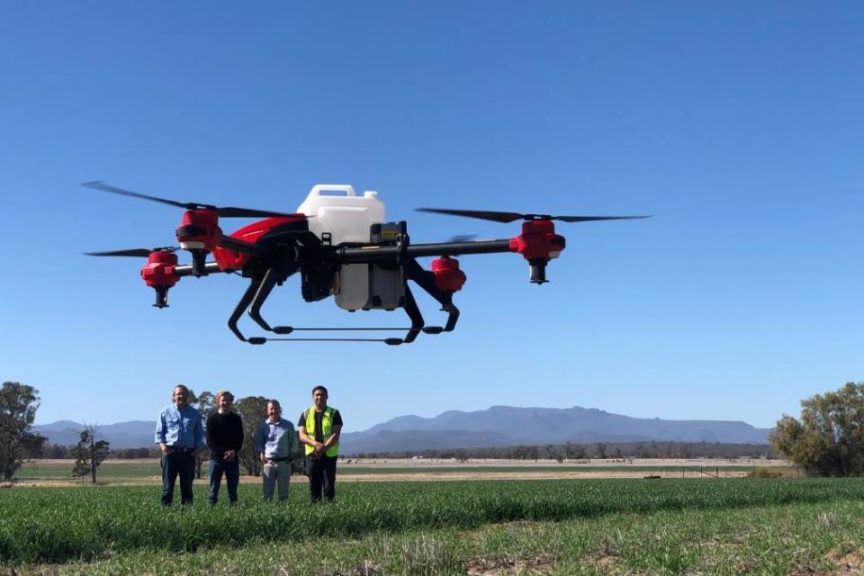
Automation will be a priority for businesses in all sectors. Office workers were able to flip the work-at-home switch somewhat quickly. Next, factories and fields will need to invest in more infrastructure to insulate themselves from labor disruptions. Agriculture drone makers are reporting significant increases in sales as modernization takes a higher priority.
-
3 of 5
Supply Chain at Risk
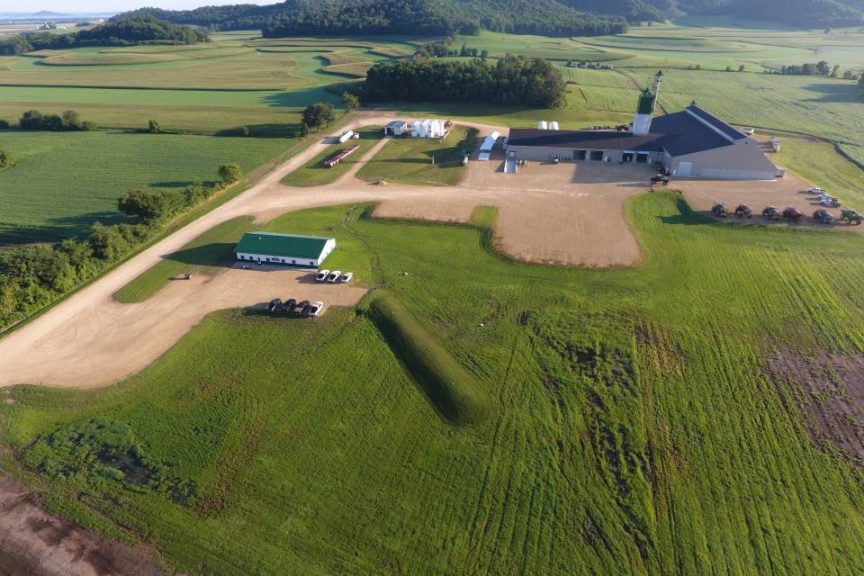
“Coronavirus is absolutely impacting supply chains,” says Mike Naig, Agriculture Secretary for Iowa. Listen to his wide-ranging interview on trade, commodity markets, ag economics, trade deals, risk mitigation strategies, biosecurity, and other ways the coronavirus is affecting Midwest corn and soybean economies on KWWL’s Steele Report with Ron Steele. Photo: Aerial view of Countryside Cooperative facility.
-
4 of 5
USDA Provides Meal Programs

The USDA is using its summer meals programs to ensure children continue to receive meals that they would normally get through their school lunch programs while schools are cancelled for about 30 million children (March 17). “As a nation, we must remain vigilant, pull together, put any kind of partisanship aside, and do what needs to be done for the American people,” USDA Secretary Sonny Perdue said after President Trump declared a national emergency.
-
5 of 5
Ag Equipment Market Expects to Take Hit
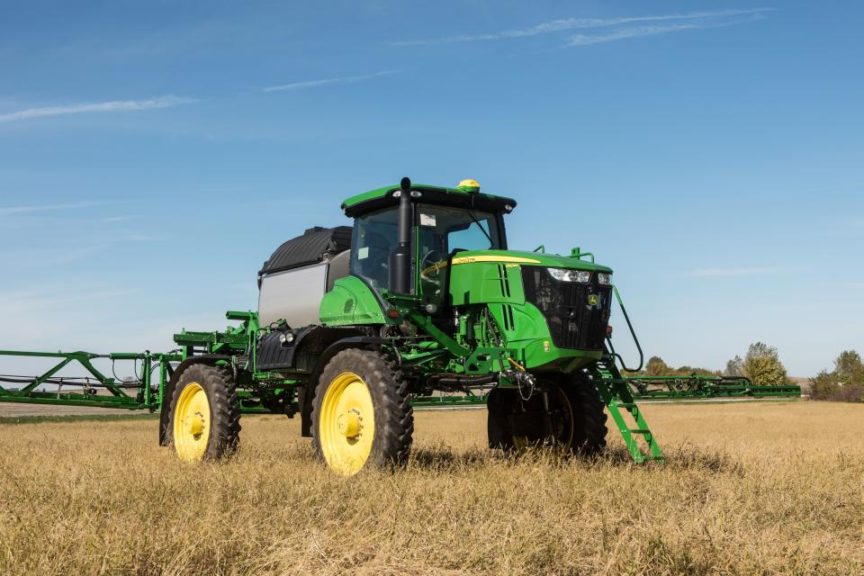
The U.S. National Association of Manufacturers says 78% of businesses expect negative financial impacts from COVID-19, and 53% expect to make operational changes. These sentiments, reported by Supply Chain Dive, are a result of a mix of factors that include supply chain disruptions and labor shortages as a result of sick or quarantined workers. Similar impacts will be felt in other affected countries in Europe and Asia and will affect agriculture machinery makers and input suppliers.
View all
Phase 1 Trade Deal Facing Potential Delay

Heightened Focus on Automation
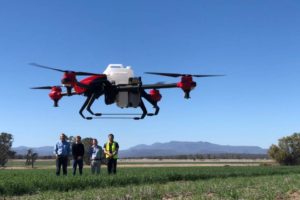
Supply Chain at Risk
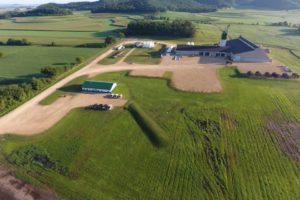
USDA Provides Meal Programs

Ag Equipment Market Expects to Take Hit
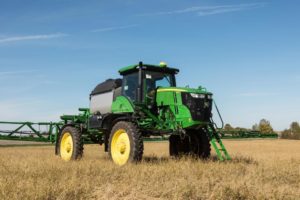
But looking into Q3 and Q4, there are questions about how COVID-19 will affect labor availability, consumer demand for produce, trade deals, and supply chains for crop inputs, potentially affecting late-season applications of non-commodity pesticides. Specialty fungicides specifically could see some price inflation.
The editors of CropLife and AgriBusiness Global are working to distill the rapidly changing circumstances affecting agriculture businesses throughout the value chain with these periodic updates and longer-form stories about how to manage business operations during socioeconomic disruptions. To learn how the pandemic is impacting global agriculture right now, view the slideshow above.
Contact us to tell us how we’re doing in covering this crisis and suggest topics and stories of your plight during these turbulent times.
Subscribe Today For

David Frabotta is Editorial Market Development Director for Meister Media Worldwide’s Global Precision Initiative, editor of AgriBusiness Global, and contributor to CropLife. Contact him to any time to discuss new technologies, adoption, input supply trends, and ag economics in your region at [email protected]. See all author stories here.









